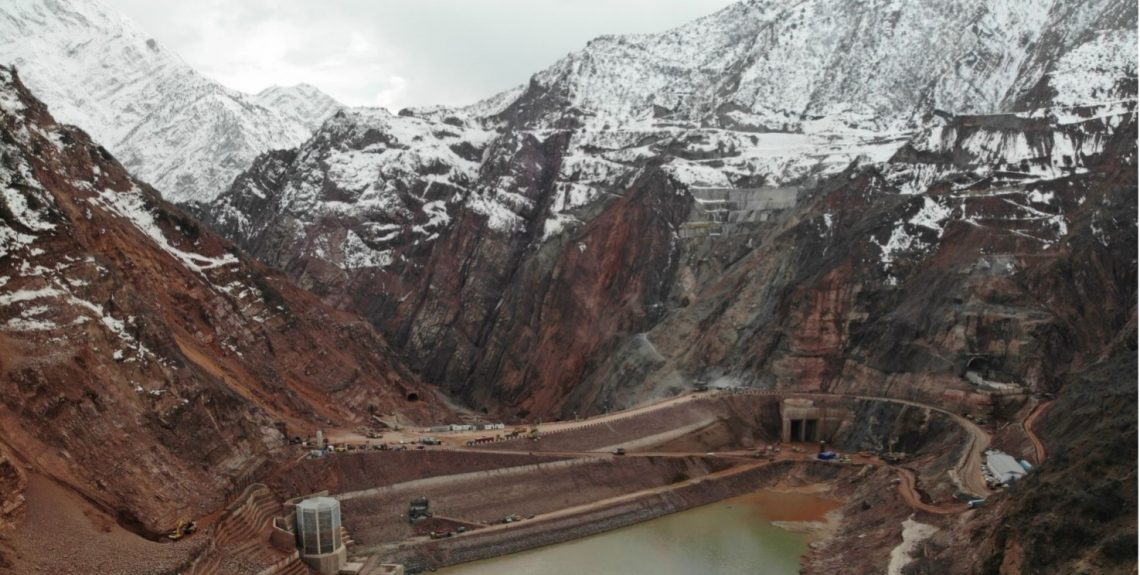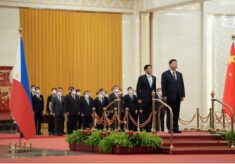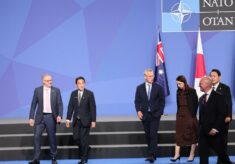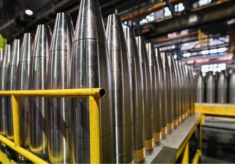On the 29th of May, Rome hosted the 3rd Italy-Central Asia Conference, organized according to the 1+5 successful format, convening the five Central Asian foreign ministers to discuss with Italian representatives on political, economic, cultural and scientific cooperation.
Italy has been the first EU country to adopt this specific dialogue format (1+5), which currently is the privileged framework of cooperation also used by China and United States to promote a regional approach which takes into account specific problems and domestic issues of the five Central Asian states, also identifying strategic goals to achieve and fostering a comprehensive regional dialogue.
Given the complementarity of the respective economies, energy and trade have usually represented the privileged field of cooperation between Italy and Central Asian states, but these priorities have been reshaped following the evolution of the regional and global geopolitical scenario. As a matter of fact, Italian companies are no more exclusively interested on investing in the oil & gas sector but they are now engaged in developing the promising renewable energy sector in the region. Eni, for instance, wants to build solar and wind farms in Kazakhstan and Webuild intends to carry out the Rogun hydropower project in Tajikistan. Moreover, Kazakhstan’s critical minerals’ reserves are beginning to be of interest for Italy and other EU countries, in order to reduce the dependence on Chinese imports and to enhance security of the supply chains.
Connectivity has been one of the key issues during the last 1+5 meeting: Italy and the Central Asian republics agreed on the need to promote and implement the Middle Corridor (the Trans-Caspian International Transport Route) project: in fact, this intermodal corridor between Asia and Europe – conceived for the transport of goods from Central Asia – has become a strategic hub in order to create an alternative East-West transport route that allows to avoid transit through Russian territory. According to World Bank projections, the volumes of goods transported through the Middle Corridor would triple by 2030.
Considering the Middle Corridor project’s impact, Italy aims at contributing to the development of railway networks and ports in Central Asia and the Caspian basin, involving national companies in a broader strategy to bolster the security of global supply chains and to open new export routes for these landlocked countries. A similar perspective also emerged following Kazakh President Tokayev’s visit to Italy in January 2024, when he defined the Middle Corridor as an extraordinary investment opportunity for Italian companies (https://timesca.com/president-tokayev-calls-on-italian-businesses-to-invest-in-kazakhstan/).
In addition to the inclusive dimension of cooperation through the 1+5 format, during the last two years Italy has also progressively strengthened bilateral relations, mainly through high-level diplomatic and political official visits. In November 2023 the President of the Republic Mattarella visited Uzbekistan (in the wake of the strategic partnership between the two countries signed in Rome in June 2023 following the visit of Uzbek President Mirziyoyev), while in the current year Kazakh President Tokayev and Tajik President Rahmon paid an official visit to our country, creating the conditions to deepen and strengthen cooperation and economic-commercial exchanges.
The organization of the 1+5 inter-ministerial conference with the Central Asian foreign ministers definitely confirms Italy’s growing interest and constant attention towards the region. Italy’s leading priority evidently does not contemplate a competition with the USA and China that have undertaken the same model of regional cooperation based on 1+5 format, mainly because Washington and Beijing have been able to promote a broader cooperation, including security issues.
Furthermore, China has massively invested to develop trade and energy connectivity under the Belt and Road Initiative flagship project, while the USA have dedicated resources to promote trade and business cooperation under the recent B5+1 forum, as a kind of upgraded C5+1 format.
From its side, Italy could become a reliable and alternative partner which would allow Central Asian countries to diversify their foreign policy. One of the main driving factors will be the capacity to focus and allocate future investments in specific sectors (such as the renewable energy’s production or the infrastructure sector) and to work on the promotion of the “Made in Italy” products in Central Asian markets, especially in Kazakhstan and Uzbekistan.
Environment and water cooperation represents another promising dimension to implement within the existing 1+5 format, but also in the wider perspective of the EU–Central Asia Platform for Environment and Water Cooperation as a part of the EU strategy towards Central Asia (Indeo, F., & Maracchione, F., 2023. The Localisation of Italian Multilateralism: the Italy-Central Asia 5+1 Format in a Comparative Analysis with China and the United States. ASIAC – Studies on Central Asia and the Caucasus (SCC), 1, 181–200. https://doi.org/10.36253/asiac-2416).
Fabio Indeo
PhD in Geopolitics. He is non-resident researcher at the Center for Energy Governance and Security (EGS South Korea) and analyst at the Observatory for Central Asia and Caspian. He is research fellow at the University of Siena.






























